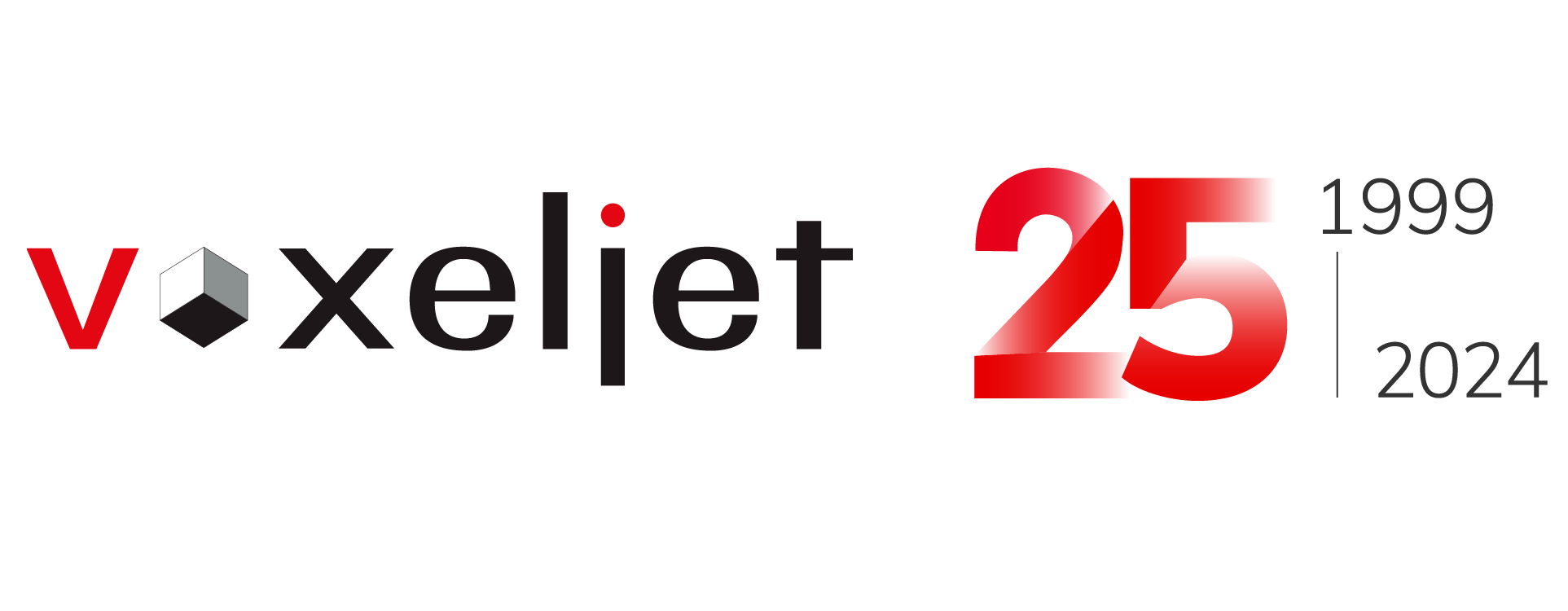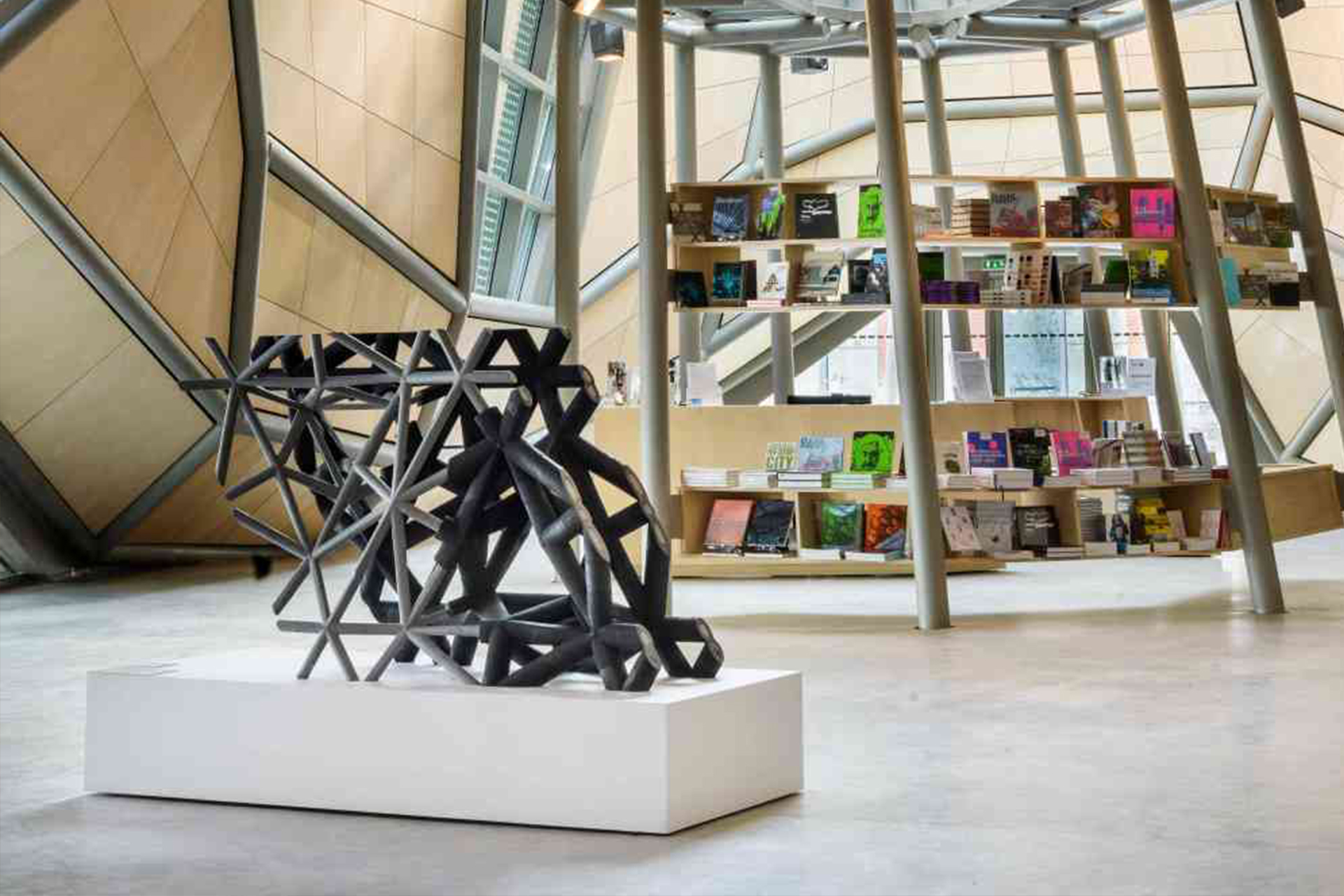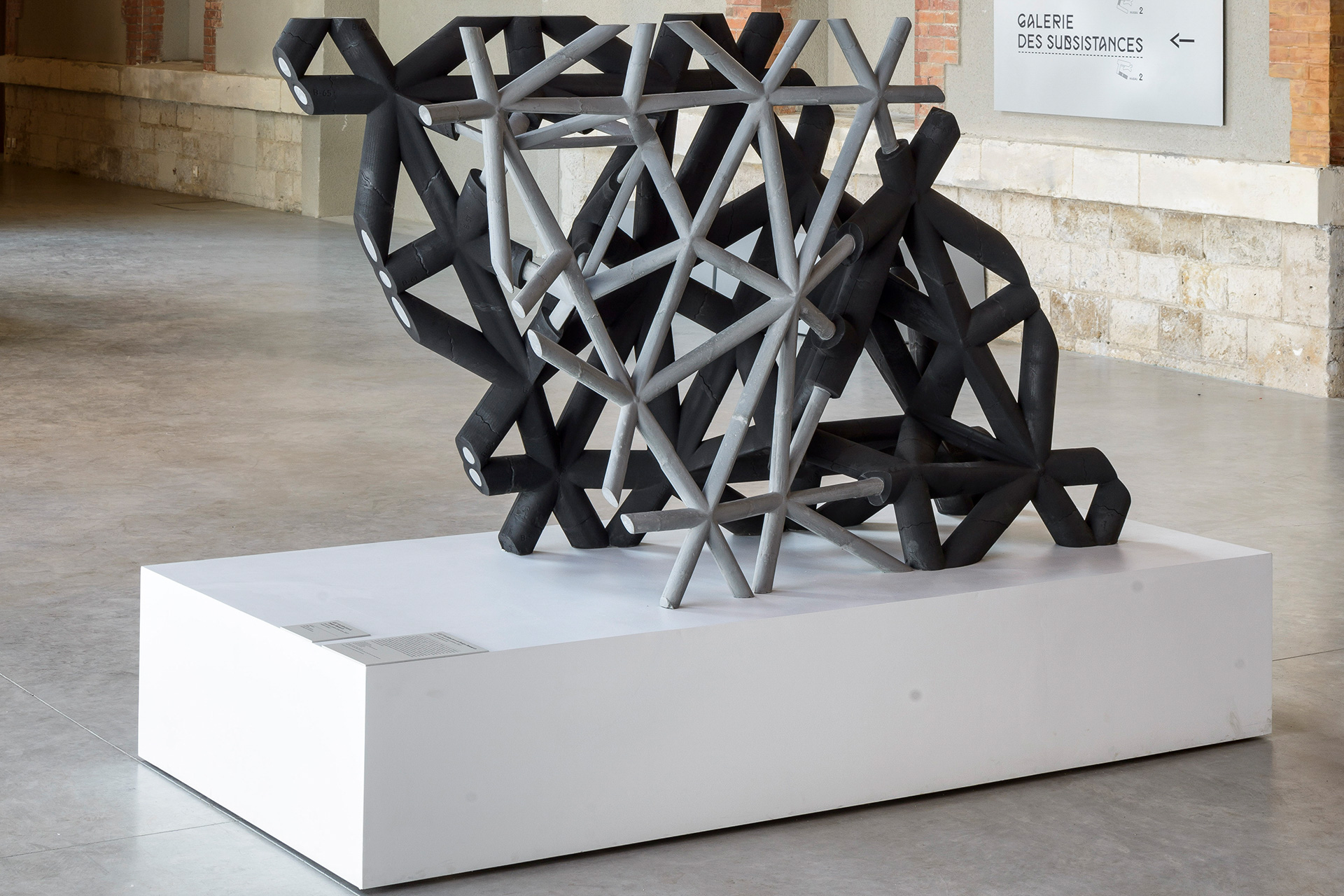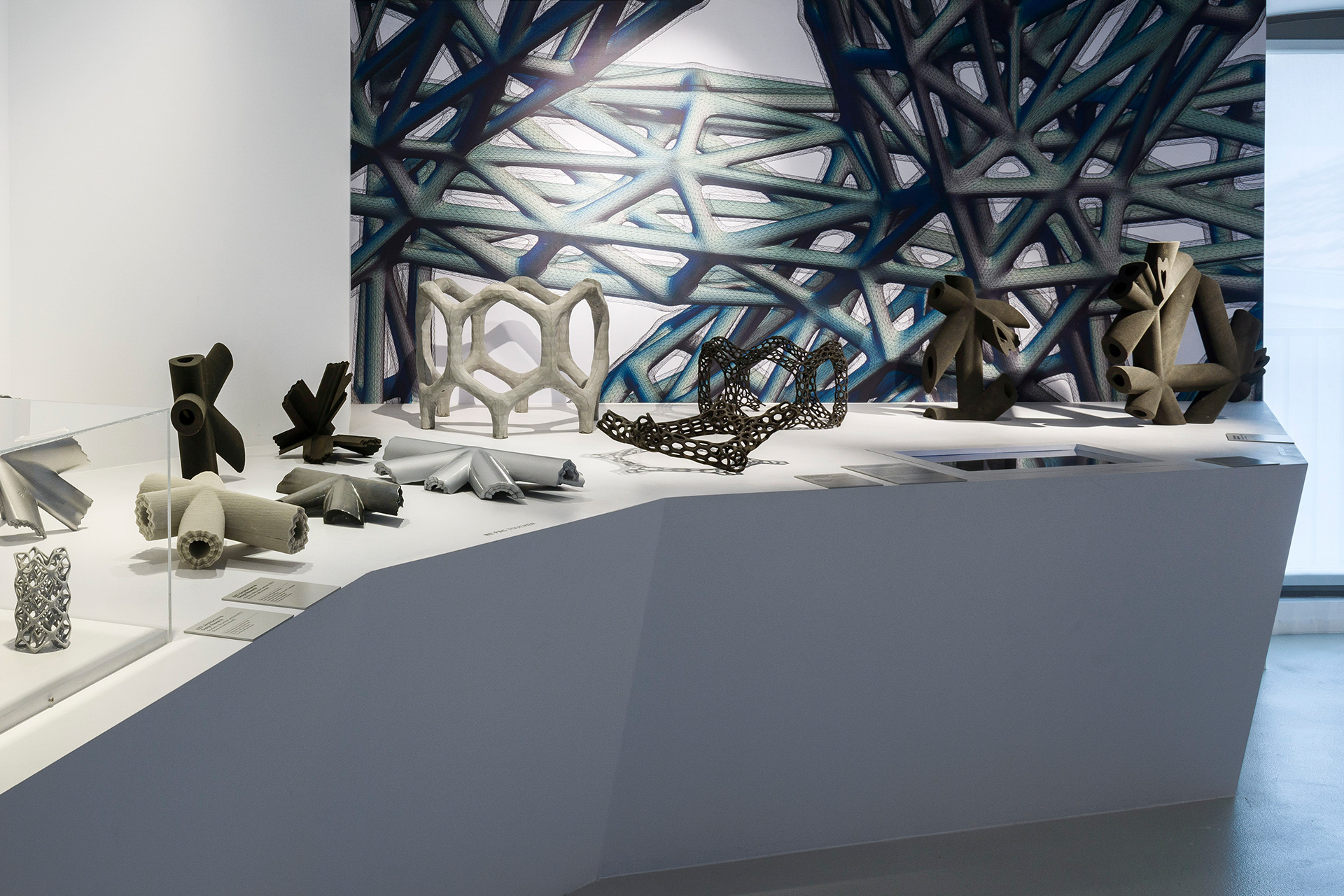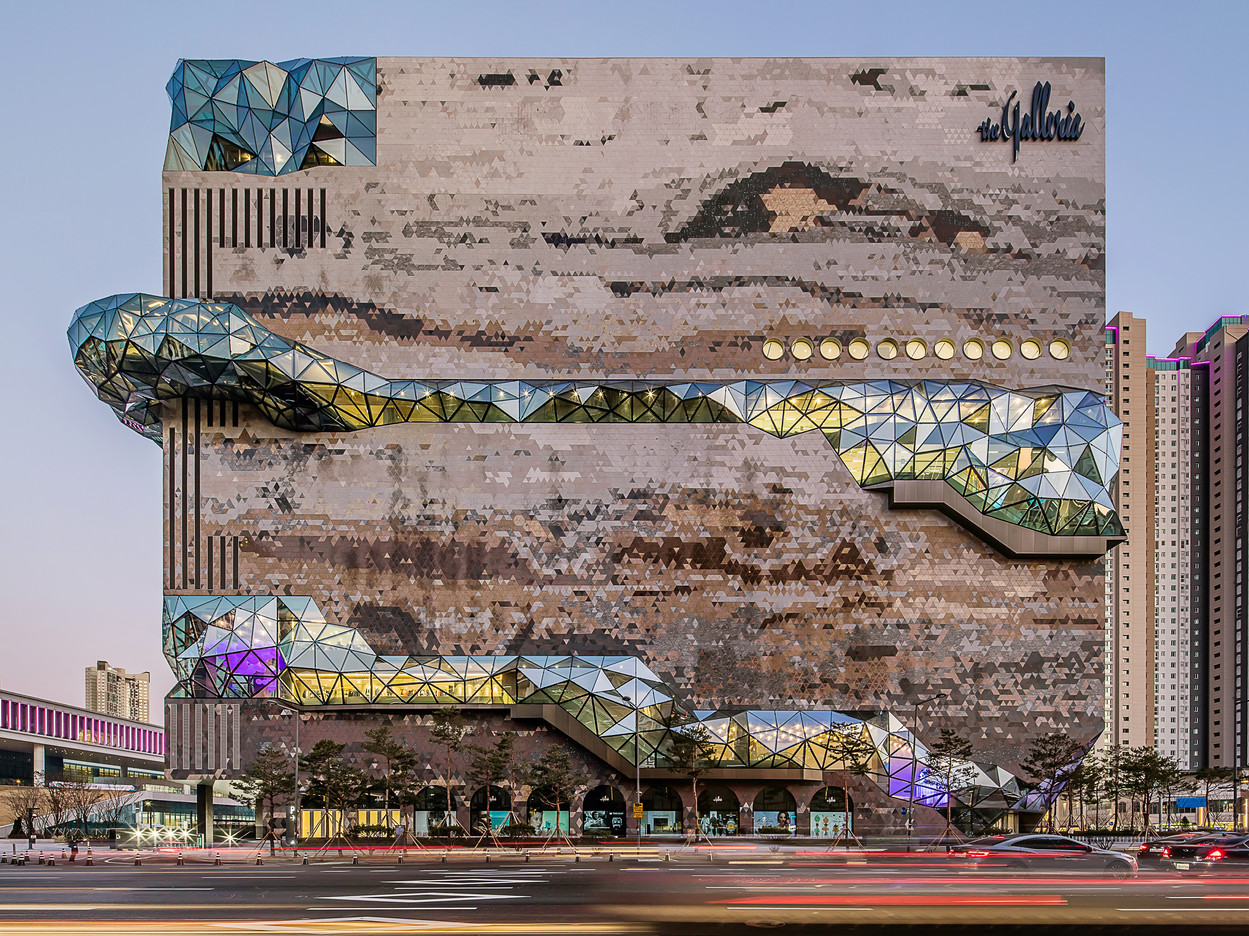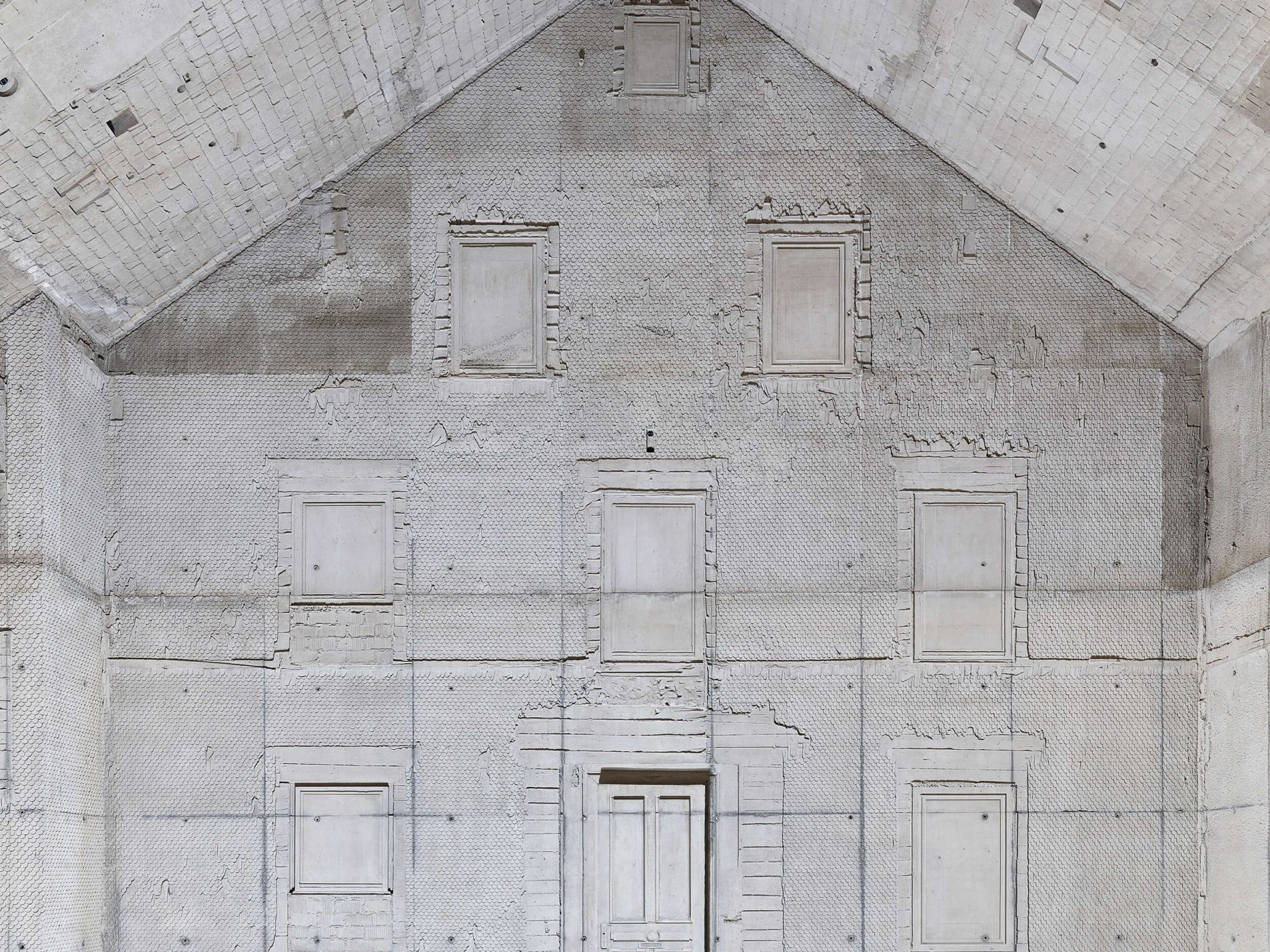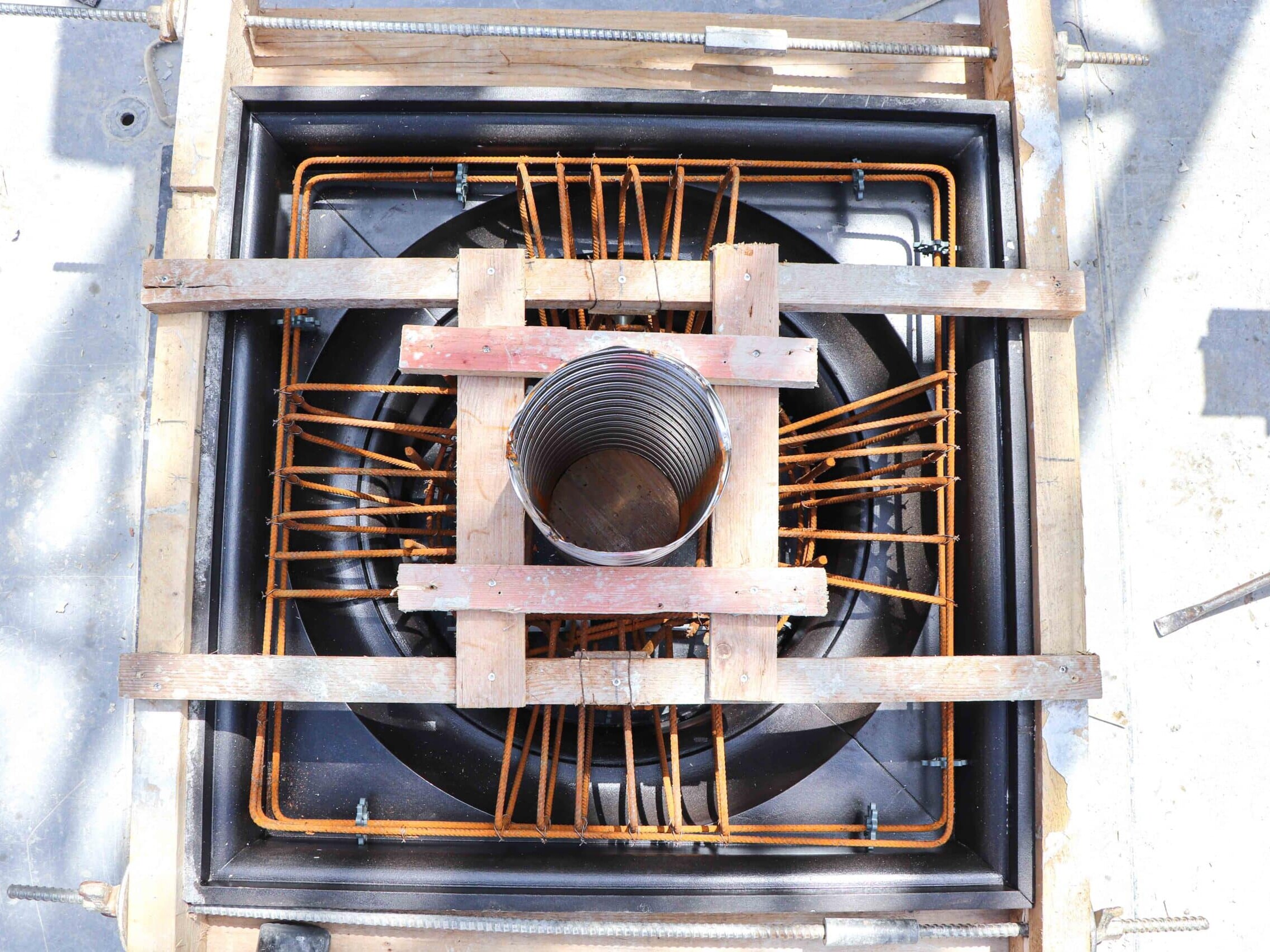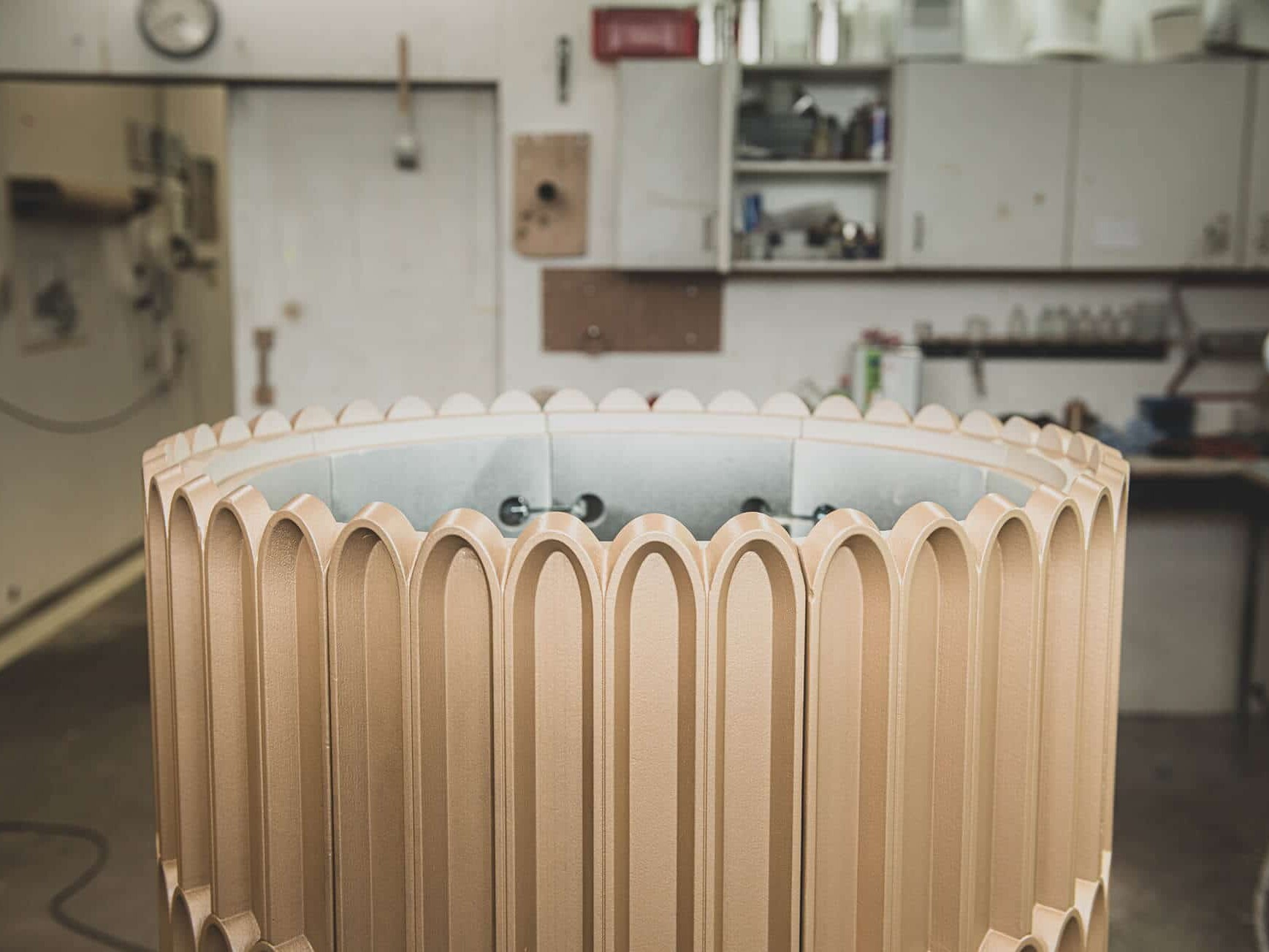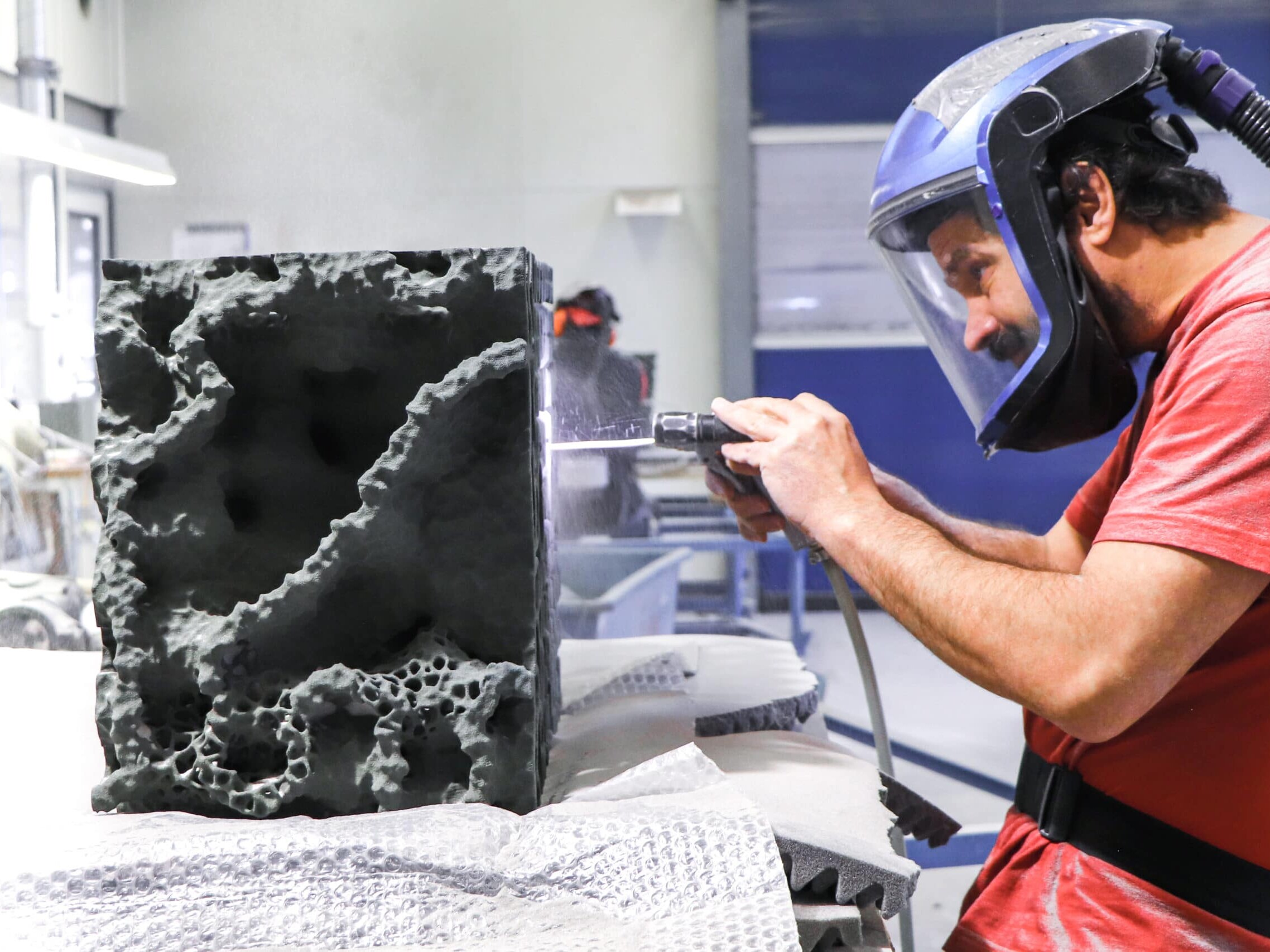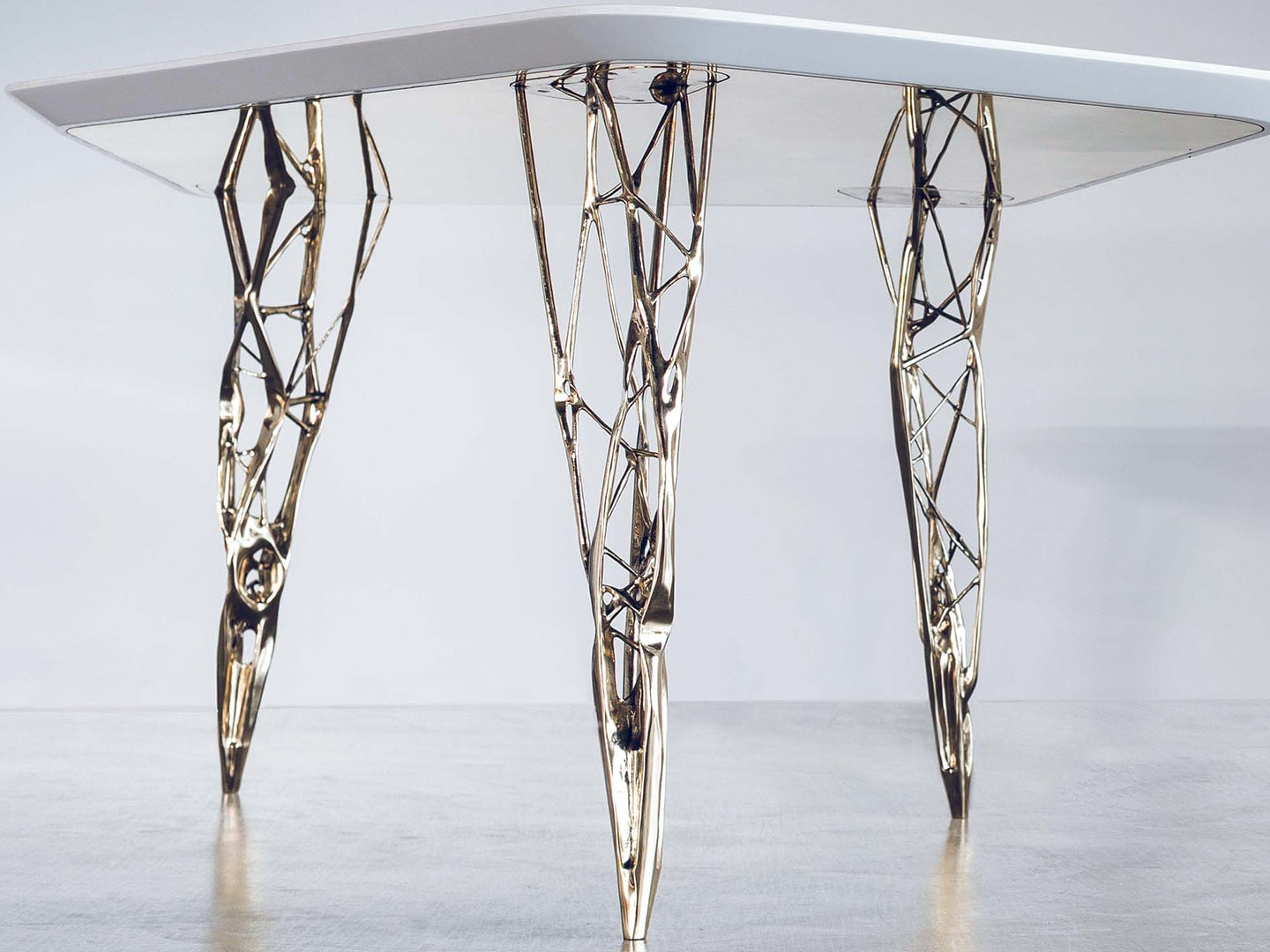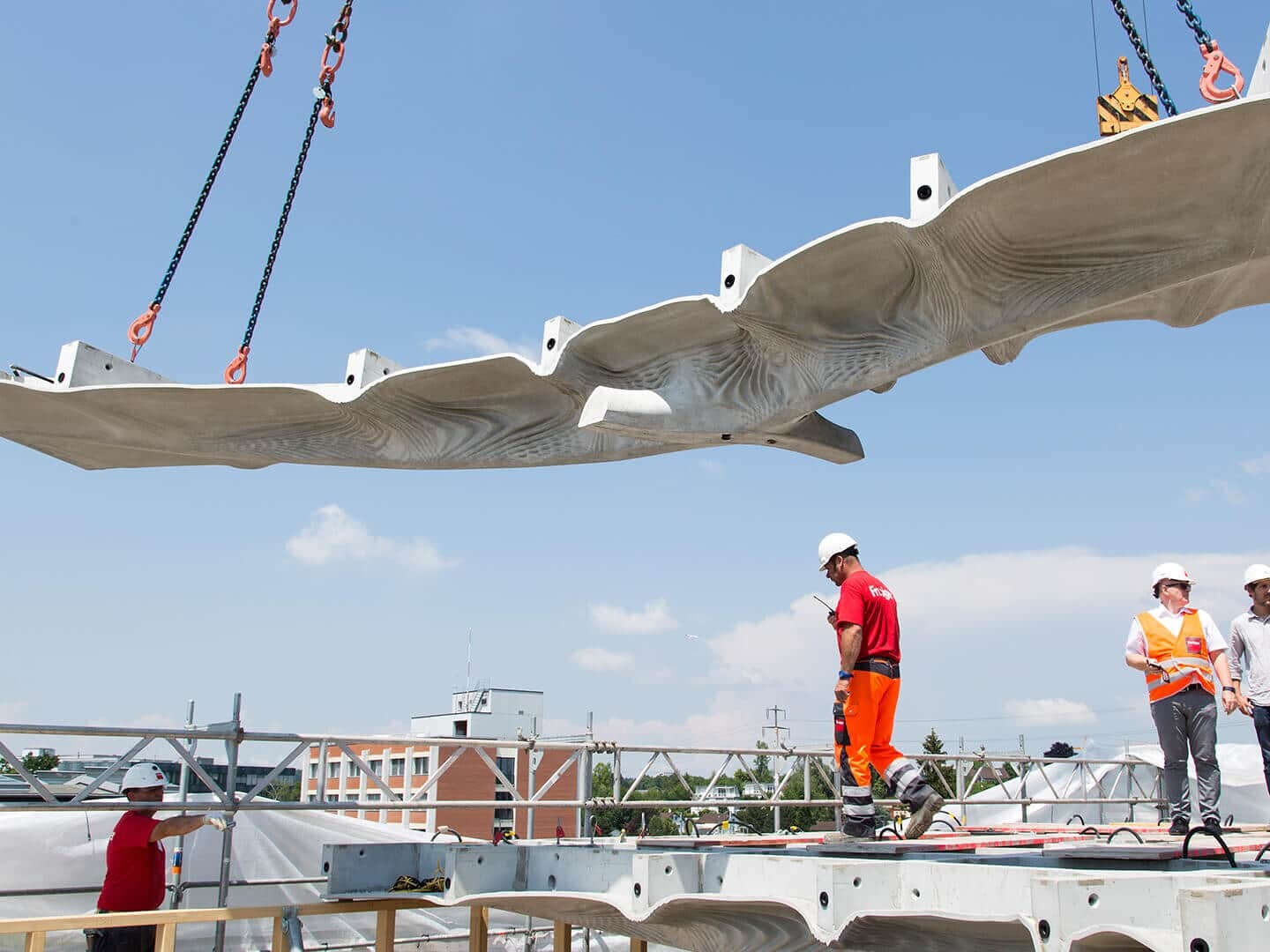- Home
- Case Studies
- Architecture
- Concrete casting with sand molds
The combination of ultra-high-strength concrete and sand 3D printing for creative architecture
Additive manufacturing opens up completely new design possibilities and unprecedented areas of application almost every day in construction and architecture. The combination of the technology with new materials such as ultra-high-strength concrete (UHFB), also known as “Ultra High Performance Concrete” (UHPC), enables a wide range of design options, such as the production of extremely thin components and mirror-smooth or filigree surfaces.
Ultra high strength concrete (UHCP) - the concrete of the future
The abbreviation UHPC stands for the English term “Ultra High Performance Contrete”. This designation covers types of concrete with particularly high density and strength. To be included in this category, a concrete mix must meet various characteristics. For example, the usual but not defined by a standard limit for the differentiation from normal concrete is a compressive strength of over 150 N / mm² and a water-cement ratio (w / c value) below 0.25 kg / cm³. The water-cement ratio describes the ratio between the mass of water and the mass of concrete. In the German-speaking world, in addition to the term UHCP, the translation of ultra-high-strength concrete (UHFB) has also spread. UHCP concrete benefits from special properties, particularly with regard to its surfaces. Thanks to the added fine substances, UHCP is characterized by a pore-free surface and is therefore more resistant to environmental influences. With its high strength, the building material is particularly suitable for filigree architecture.
Creative concrete architecture thanks to additive manufacturing
The architect Philippe Morel from the EZCT Architecture & Design Research studio in Paris was one of the first pioneers to use sand molds from the 3D printer for research with ultra-high-strength concrete.
For a spectacular UHPC exhibit, which was shown at an architecture fair in the FRAC Center in Orléans in 2014, voxeljet printed a total of 130 sand mold halves for the concrete casting. In order to achieve the finest possible concrete structure, the mold halves were infiltrated inside and outside with epoxy resin after printing and then glued. Then the casting with ultra-high-strength concrete and the assembly of the individual parts were on the program.
We needed a quicker and more cost-effective process for manufacturing molds for UHPC casting. At this time, the only economic alternative for our research work is to print sand molds on the fast voxeljet machines using 3D printing.
Phillip Morel, ArchitectStudio EZCT Architecture & Design Research
Philippe Morel only partially removed the sand molds from the part to demonstrate how the complex UHPC structure was created. Philippe Morel believes that the direct 3D printing of parts made of ultra-high performance concrete and bypassing the use of sand molds will be the only alternative to this production method in the future. To turn this vision into reality, voxeljet’s development departments have already been studying the 3D printing of concrete materials for some time.
More Case Studies
3D printing for structural elements in architecture
For the unique facade of the Galleria Gwanggyo in South Korea, 3D printing and investment casting was employed to create hundreds of individual joint knots for the glass walk.
3D printing and formwork construction in perfection. For a museum in the Black Forest, voxeljet sets new standards for additive manufacturing in architecture.
For an office building near Munich, Deutsche Doka once again used 3D printed formwork elements from voxeljet for concrete casting.
SL Rasch GmbH counts on 3D printing for the visualization of architectural projects.
Functional Architecture with 3D Printing
The Mersitem Wall is a best practice example of how functional and sustainable architecture can be created with 3D printing.
3D printing for sustainable architecture
Singapore's AIRLAB uses these table legs to show how architecture can be made more sustainable and functional at the same time.
Intelligent 3D printed concrete formwork
voxeljet AG prints complex molds for "intelligent" concrete ceiling at DFAB (NEST)
3D Printing Solutions
Want to learn more about us and 3D printing? Click here for the entire voxeljet solution portfolio.
